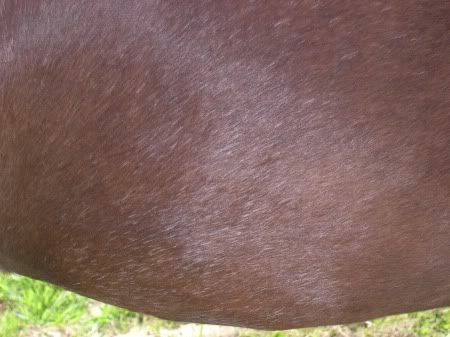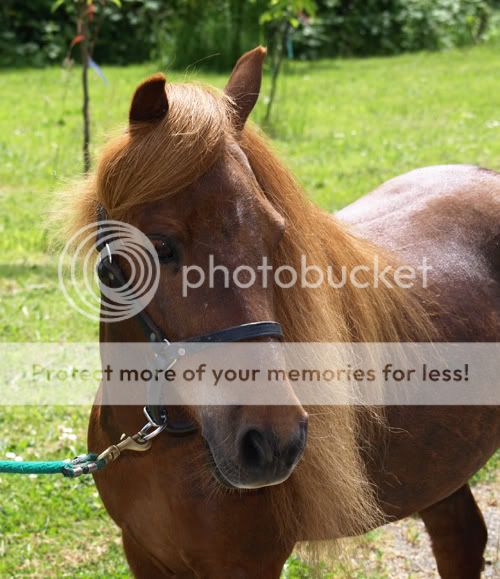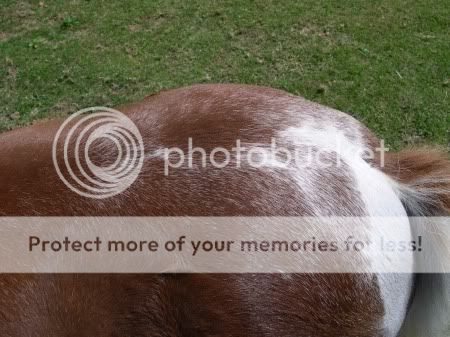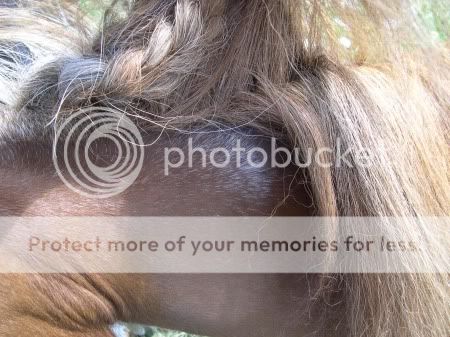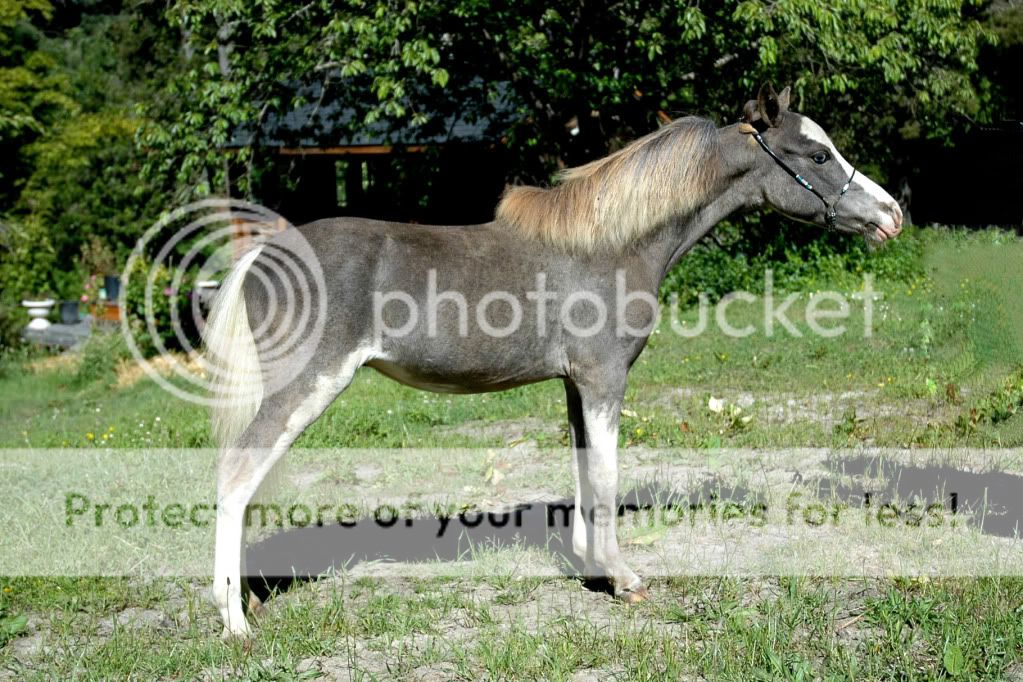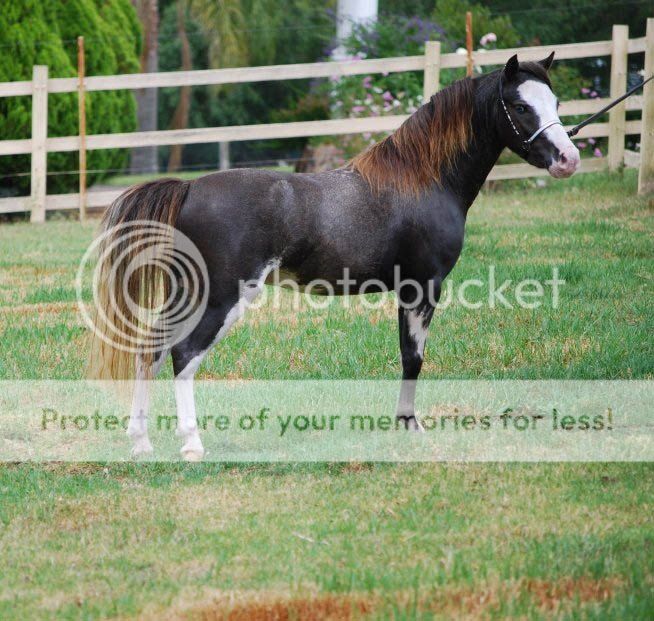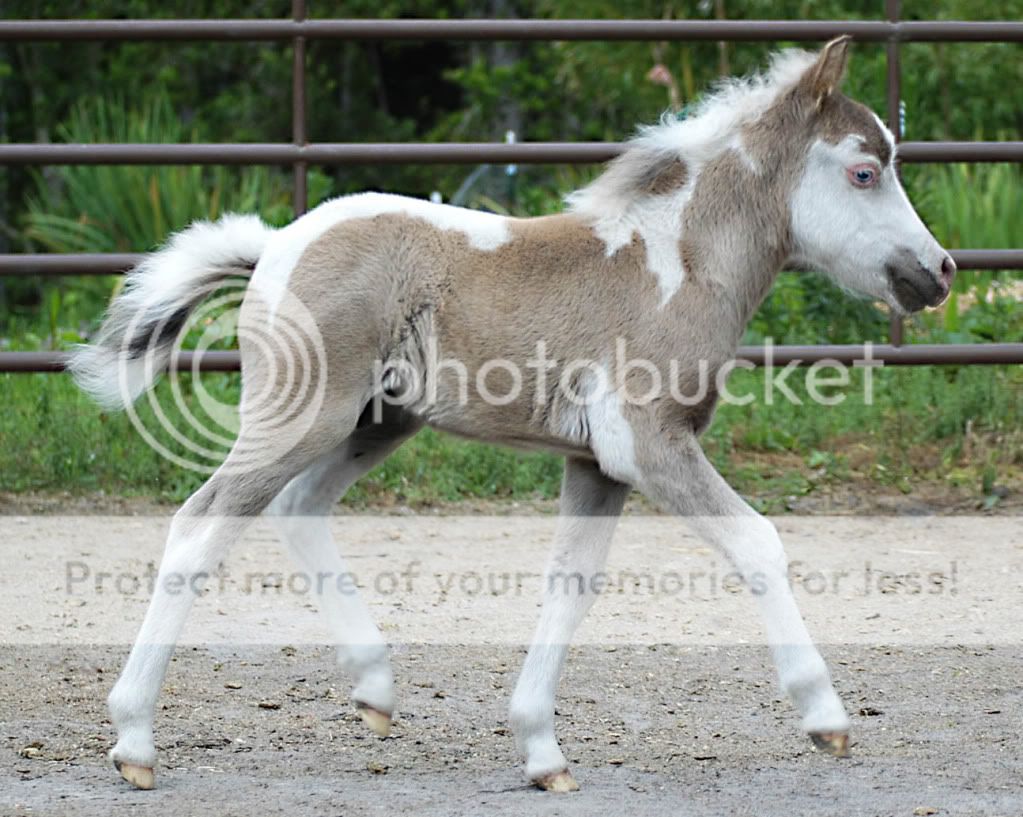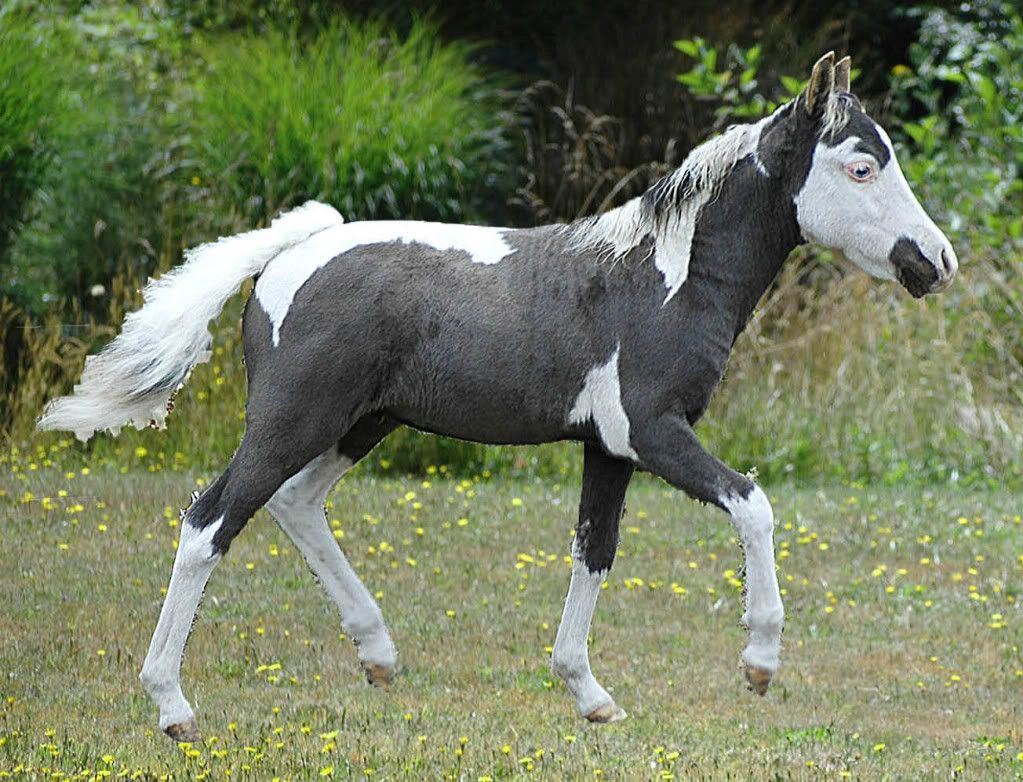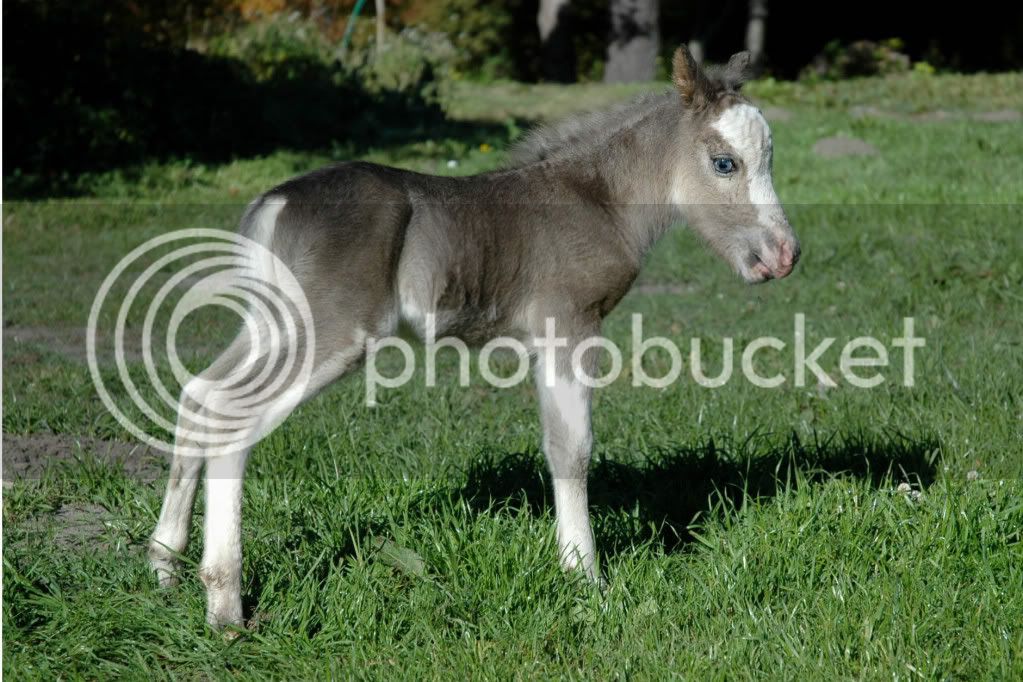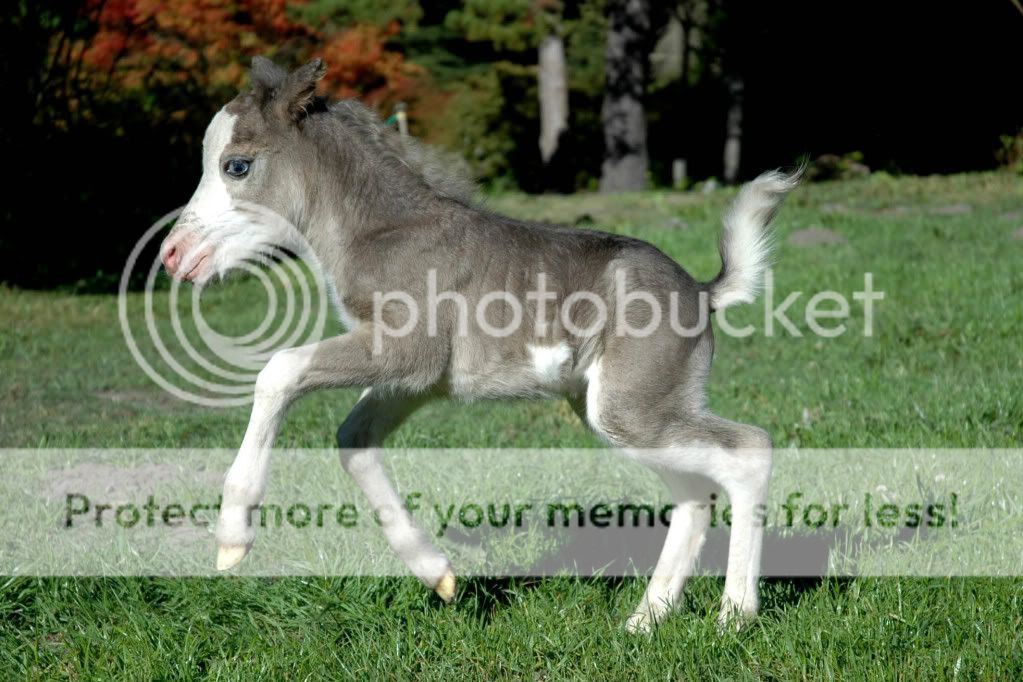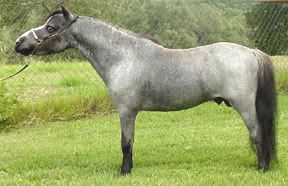I'm just now getting into Sabino genetics and understand that their are some varying thoughts on this, but for discussion sake, I'm going to make some assumptions. I understand that there are several potential causes of Sabino phenotype and that genetic testing or test crossing are a reliable method of Identifying the Sabino1 gene. I'm going to assume that Sabino1 follows single gene, semi-dominant inheritance. Also, lets assume that the roaning i mention below is related to the Sabino1 gene, and not other roan genes.
That being said, if a mare is a heterozygous carrier of the Sabino1 gene and exhibits characteristic blaze, socks, and "sabino roaning" - are the patterns of her markings and roaning closely linked to the Sabino1 gene (these same traits appear similarly in all heterozygous offspring from a cross with a non-carrier) or is the appearance of similar pattern and presence/absense of sabino roaning inconsistent among these offspring. More clearly stated, if a mare showing sabino pattern including roan produces sabino offspring do they inherit the roan too? If they inherit the blaze and socks, are the patterns of foals similar?
That being said, if a mare is a heterozygous carrier of the Sabino1 gene and exhibits characteristic blaze, socks, and "sabino roaning" - are the patterns of her markings and roaning closely linked to the Sabino1 gene (these same traits appear similarly in all heterozygous offspring from a cross with a non-carrier) or is the appearance of similar pattern and presence/absense of sabino roaning inconsistent among these offspring. More clearly stated, if a mare showing sabino pattern including roan produces sabino offspring do they inherit the roan too? If they inherit the blaze and socks, are the patterns of foals similar?
Last edited by a moderator:















